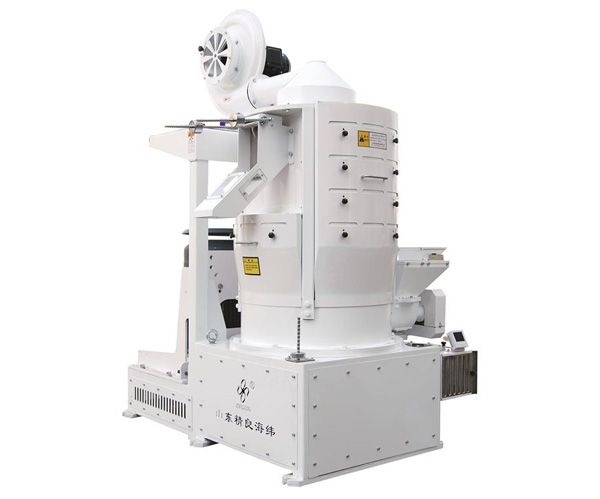The stone removal process of the rice mill has three areas, namely the separation area, the stone aggregation area, and the inspection area. Next, the manufacturer of the air jet rice mill will provide a detailed introduction.
1. Separation area: Equal width shape, raw grains enter from the right end and are discharged from the left end of the separation area, where impurities and rice are separated.
2. Aggregate area: Separated impurities and sand and gravel gather here, with airflow passing through the sieve holes and the sieve surface contracting. Rice and sand and gravel are evenly distributed here.
3. Inspection area: The sand and gravel outlet is located at the right end of the inspection area. After the above two processing methods, there are a small amount of rice particles inside the sand and gravel. In order to prevent residual particles from being discharged with sand and gravel impurities, a reverse airflow is set up at this stage, as the weight of rice particles is smaller than that of sand and gravel, they will be blown into the inspection area by the airflow.
The manufacturer of the air jet rice mill mentioned that during the stone removal process of the rice mill, the first two areas of the sieve holes have single-sided upward protrusions and double-sided protrusions, respectively. The direction of movement of sand and gravel is consistent with that of the holes, in order to prevent the stones from slipping and guide the airflow, but the sieve holes in the inspection area are opposite to the direction of movement of the stones.
Please take a look at the three areas of the stone removal ring section of the rice mill analyzed above. Different specifications and models may have differences.

| Previous:Small tips for solving power consumption of rice milling equipment | next:Small tips for solving power consumption of rice milling equipment |










